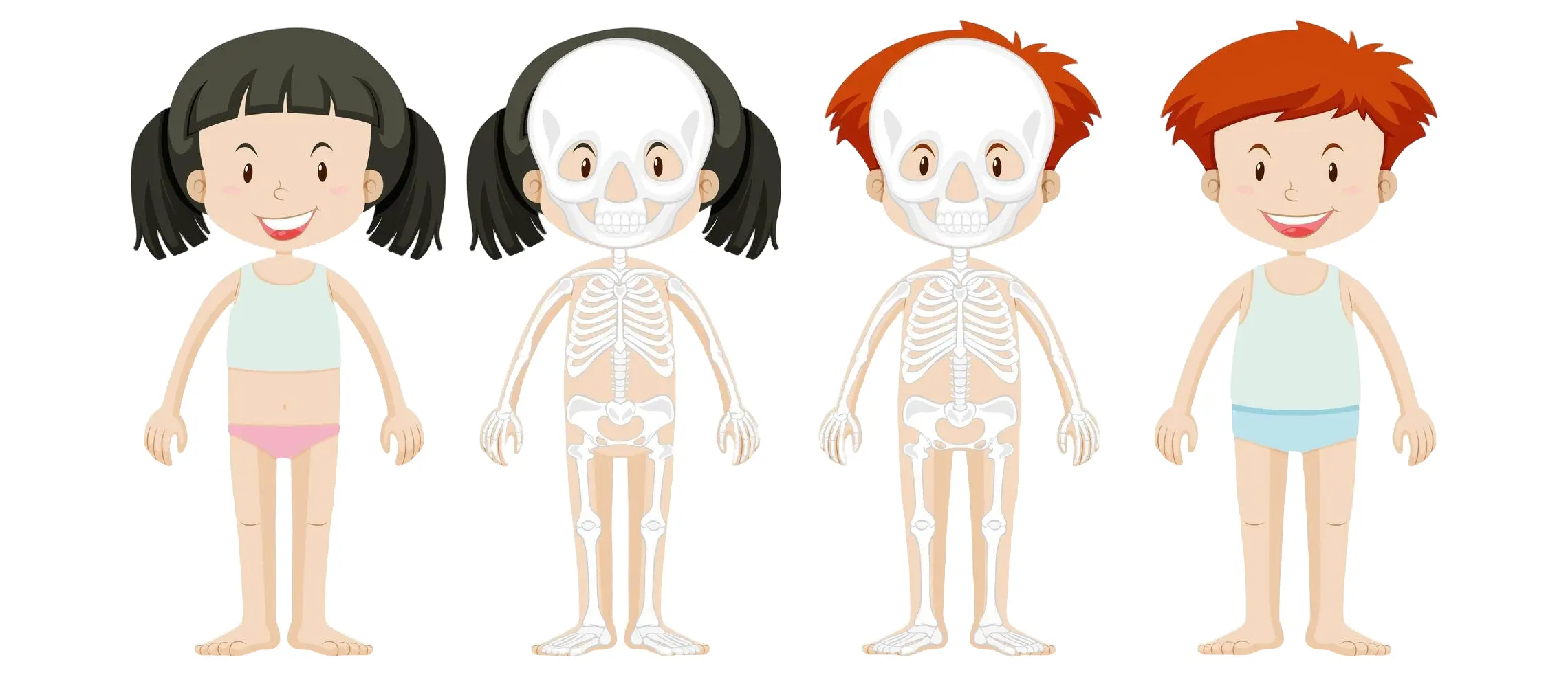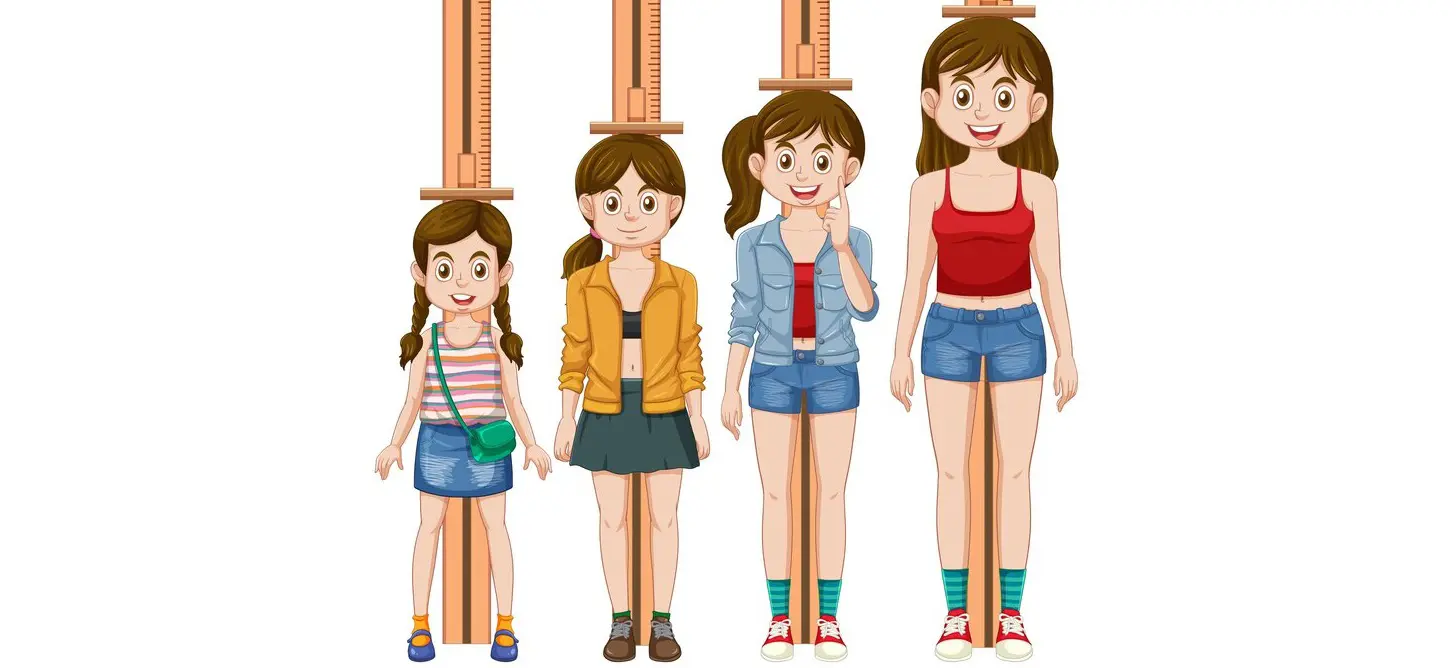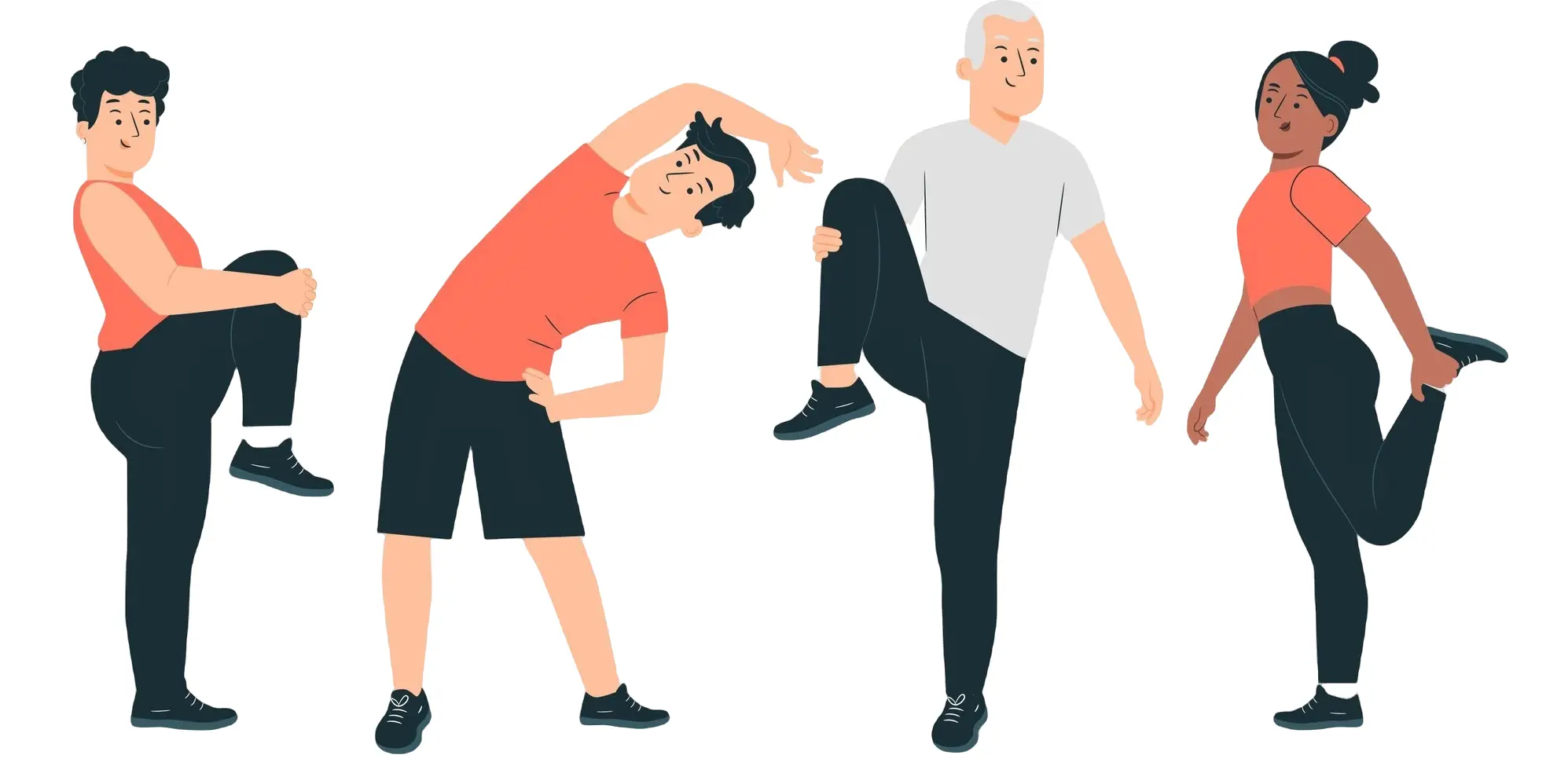Growth and Development of Bones
When referring to the process of bone development, the terms osteogenesis and ossification are sometimes used interchangeably. In the initial weeks following conception, the skeleton begins to take shape. By the end of the eighth week following conception, ossification has started and the skeletal pattern has developed in the connective tissue membranes and cartilage.
As an adult, bone growth continues. Bone development continues to mend fractures and change to accommodate changing lifestyles even after adult stature is reached. The three cell types that are involved in the formation, growth, and remodeling of bones are osteoblasts, osteocytes, and osteoclasts. Osteocytes are mature bone cells, osteoblasts are cells that make new bone, and osteoclasts are cells that break down and reabsorb existing bone. Ossification comes in two varieties: endochondral and intramembranous.
Intramembranous
Bony tissue replaces sheet-like connective tissue membranes during intramembranous ossification. Intramembranous bones are those that are created in this way. They consist of some of the irregular bones and some of the flat bones of the skull. The membranes of connective tissue form the precursors of future bones. Osteoblasts move to the membranes and surround themselves with bone matrix. Osteocytes are the name given to the osteoblasts when they are encased in matrix.
When Endochondral Ossification occurs
Bony tissue replaces hyaline cartilage during endochondral ossification. This is how the majority of the skeleton's bones are produced. We refer to these bones as endochondral bones. The future bones are initially created as hyaline cartilage models throughout this procedure. The perichondrium that envelops the hyaline cartilage "models" transforms into a periosteum during the third month following conception as a result of blood vessel and osteoblast infiltration. Around the diaphysis, the osteoblasts create a collar of dense bone. Simultaneously, the diaphysis's central cartilage starts to break down. Osteoblasts replace the degrading cartilage with spongy bone after penetrating it. A major ossification center is created as a result. From this center, osseification proceeds to the ends of the bones. Following the formation of spongy bone in the diaphysis, the medullary cavity is opened by osteoclasts breaking down the freshly created bone.
The growing bone gets longer while the cartilage in the epiphyses keeps growing. Secondary ossification centers develop in the epiphyses later, typically after birth.
With the exception of the spongy bone being preserved rather than being broken down to generate a medullary cavity, ossification in the epiphyses is comparable to that in the diaphysis. After secondary ossification is finished, bone completely replaces the hyaline cartilage, with the exception of two regions. As the articular cartilage, a section of hyaline cartilage covers the epiphysis's surface, and between the diaphysis and epiphysis, another section of cartilage remains. This is the growth region or epiphyseal plate.
Growth of Bones
The mechanism by which bones lengthen at the epiphyseal plate is comparable to endochondral ossification. Through mitosis, the cartilage in the area of the epiphyseal plate next to the epiphysis keeps growing. In the area adjacent to the diaphysis, the chondrocytes deteriorate and age. To create bone, osteoblasts enter the matrix and ossify it. Until the cartilage growth slows and eventually ceases, this process occurs during childhood and adolescence. The epiphyseal plate fully ossifies, leaving only a narrow epiphyseal line, and the bones are unable to grow further when cartilage growth stops, which often occurs in the early twenties. Growth hormone from the anterior pituitary gland and sex hormones from the ovaries and testes both affect bone growth.

Bones can continue to grow thicker or wider throughout life in response to stress from increased muscular activity or weight, even though they stop growing longer in early adulthood. Appositional growth is the term used to describe the increase in diameter. The periosteum's osteoblasts create compact bone surrounding the outside of the bone. Osteoclasts in the endosteum also break down bone near the medullary cavity on the internal bone surface. Together, these two processes broaden the bone's diameter while preventing it from growing unduly large and heavy.




 Inherently.webp)

